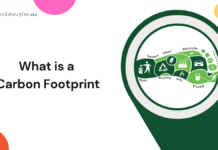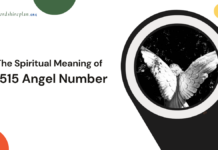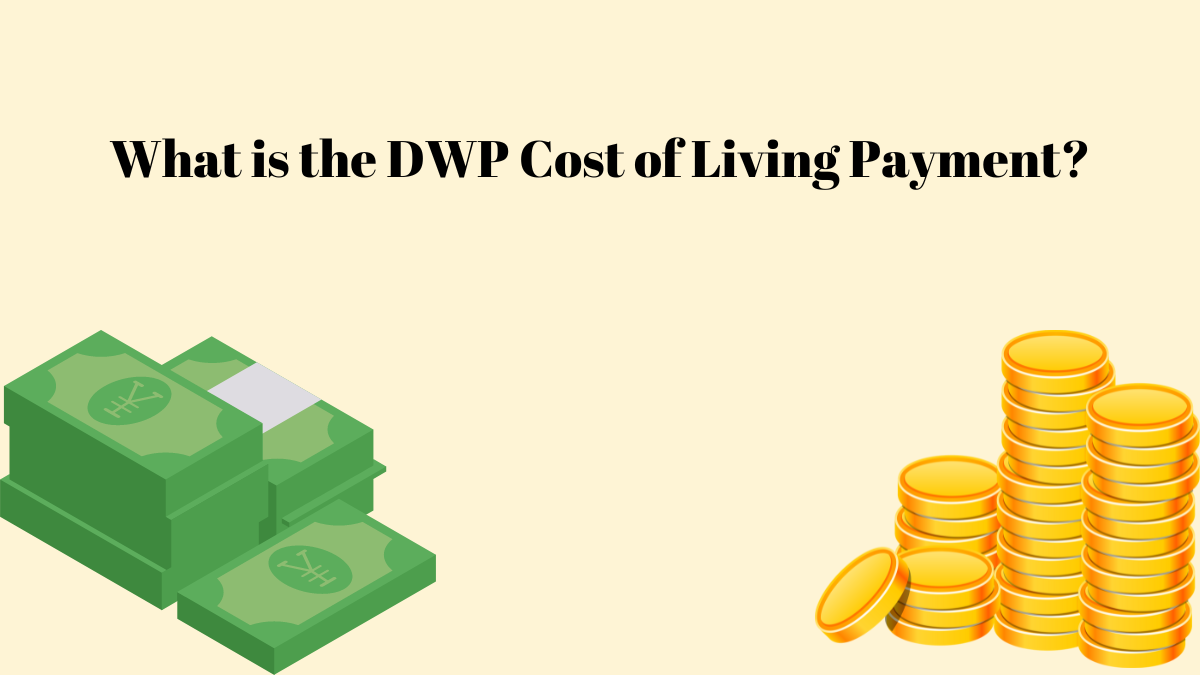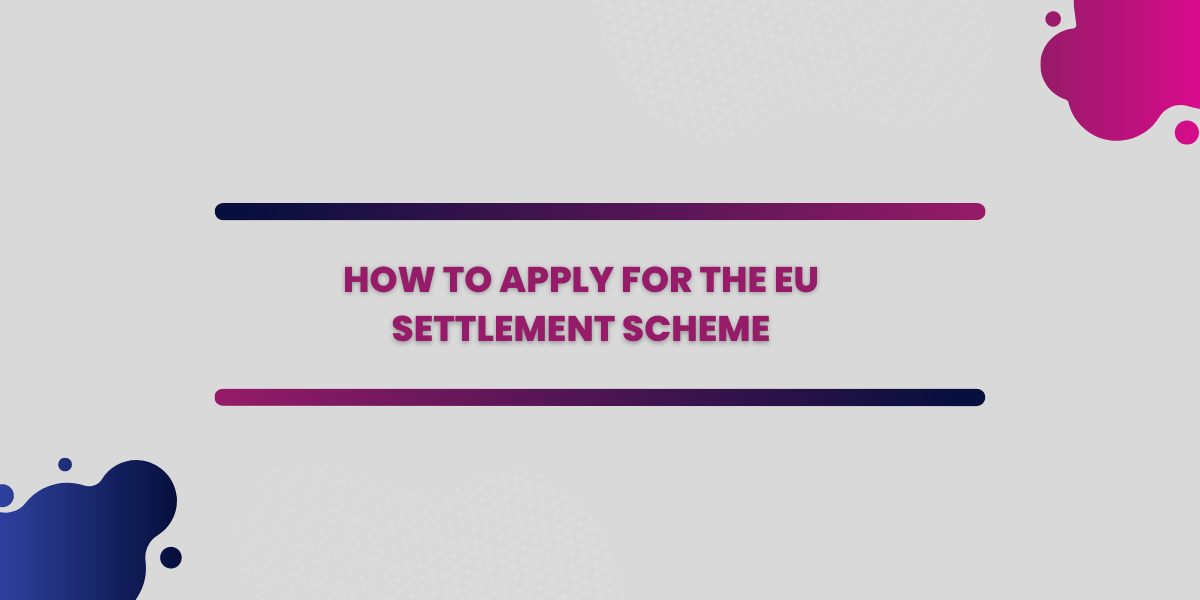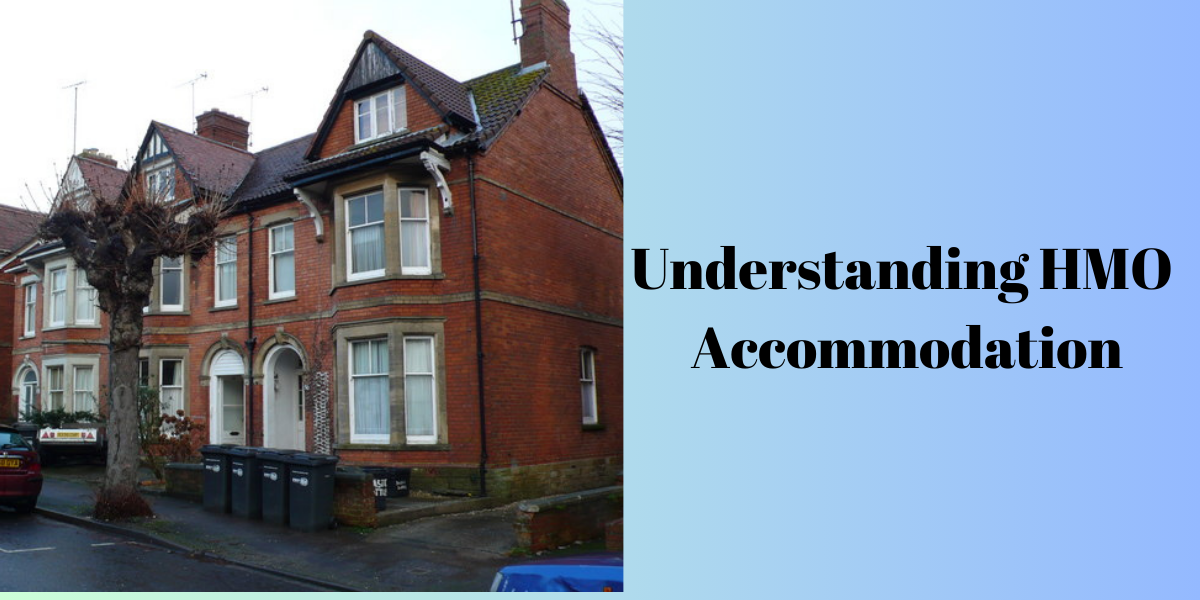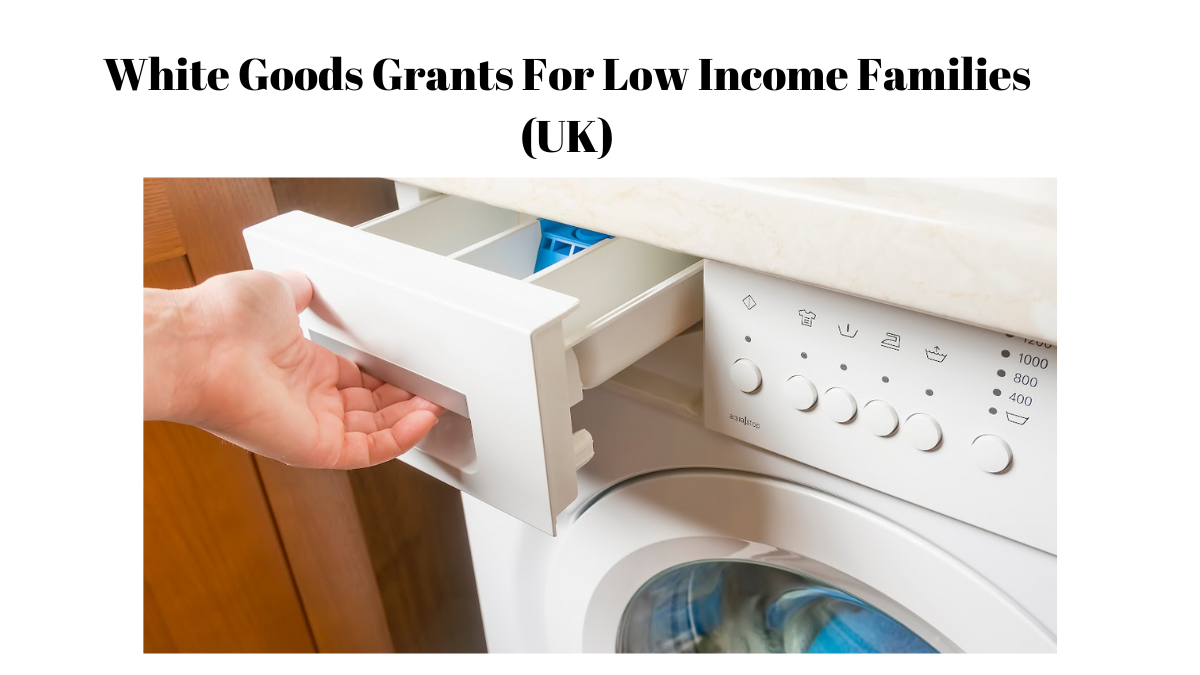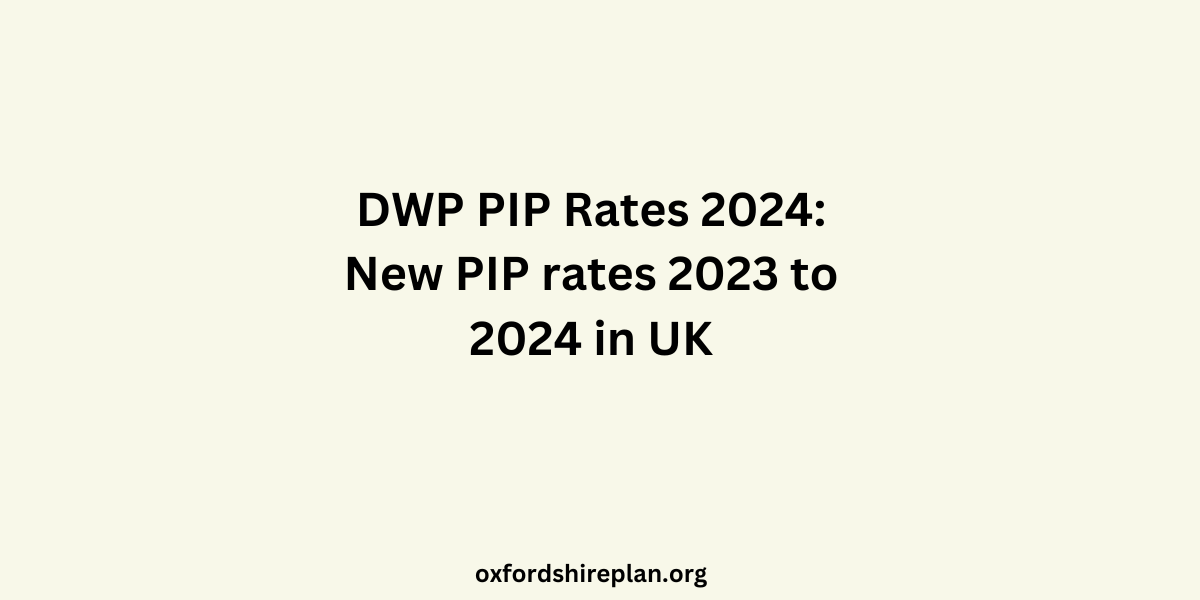The DWP cost of living payment is a topic that’s been on many people’s minds lately. With the cost of living on the rise, understanding how these payments work is more important than ever. This article will break down the essentials of the DWP cost of living payment in simple terms.
Contents
- What is the DWP Cost of Living Payment?
- Who Gets the DWP Cost of Living Payment?
- How can I check if I am eligible for DWP cost of living payment?
- How Much is the DWP Cost of Living Payment?
- What is the maximum amount I can receive from DWP cost of living payment?
- How often are these payments made in a year?
- When Do You Get the DWP Cost of Living Payment?
- What if You Do not Get Your DWP Cost of Living Payment?
- Conclusion
- some FAQs
- What are DWP Cost of Living Payments?
- Who is eligible for these payments?
- How much can I receive?
- How do I apply for the payment?
- When are the payments made?
- What should I do if I have not received my payment?
- Will these payments affect my other benefits?
What is the DWP Cost of Living Payment?
The DWP cost of living payment is a sum of money the UK government provides to help people with the increasing costs of everyday items.
If you’re getting certain benefits or tax credits, you might get this payment. The best part of this is that you don’t have to apply for it. If you’re eligible, it’ll come to you automatically.
Who Gets the DWP Cost of Living Payment?
To get the DWP cost of living payment, you need to be receiving one of these benefits or tax credits:
- Universal Credit
- Jobseeker’s Allowance (JSA)
- Employment and Support Allowance (ESA)
- Child Tax Credit
- Income Support
- Working Tax Credit
- Pension Credit
How can I check if I am eligible for DWP cost of living payment?
You can visit the official GOV to check if you’re eligible for the DWP cost of living payment.UK website. There, you will find detailed information about eligibility criteria for the payment. Generally, eligibility is based on whether you are receiving certain benefits or tax credits during specific qualifying periods.
If you are already receiving benefits like Universal Credit, income-based JSA, Child Tax Credit, income-related ESA, Pension Credit, Income Support, or Working Tax Credit, you may automatically qualify for the payment. The website will provide the most up-to-date and accurate information, including any changes to the eligibility criteria or payment dates.
There is no need for you to request the payment. If you qualify, it will be automatically transferred in the same manner as your usual benefits or tax credits. If you believe you’re entitled and have no’t gotten your payment, or if you’ve received a request to apply, exercise caution as it could potentially be fraudulent
How Much is the DWP Cost of Living Payment?
The amount of the DWP cost of living payment can change. For example, you might get three payments adding up to £900. These could be split into payments of £301, £300, and £299.
What is the maximum amount I can receive from DWP cost of living payment?
The maximum amount you can receive from the DWP cost of living payment in the UK is up to £900. This is spread across three payments of £301, £300, and £299. These payments are part of the government’s initiative to support individuals and families dealing with the rising cost of living. If you are eligible, you will receive these payments automatically, without needing to apply.
How often are these payments made in a year?
The DWP cost of living payments in the UK are typically made in three instalments throughout a year. For example, in the financial year 2023-2024, eligible individuals received three payments totaling £900, which were distributed as follows:
- £301 paid between 25 April 2023 and 17 May 2023.
- £300 paid between 31 October and 19 November 2023.
- £299 paid between 6 February 2024 and 22 February 2024.
These payments are part of a support package to help with the increased cost of living and are made automatically to eligible recipients. There is no need to apply; if you qualify, you will receive the payments directly in the same way you usually get your benefits or tax credits.
When Do You Get the DWP Cost of Living Payment?
The DWP cost of living payments are sent out at different times. One of the payments, for instance, was set to be given to people between November 13, 2023, and December 12, 2023.
What if You Do not Get Your DWP Cost of Living Payment?
If you think you should have received a DWP cost of living payment but did not, you need to talk to the Department for Work and Pensions (DWP). Watch out for scams that ask you to apply or give out personal info for these payments.
Conclusion
The DWP cost of living payment is a helpful way for the UK government to support those feeling the pinch from rising costs. If you are eligible, keep an eye on your bank account for the payment. Moreover, if there is an issue, the DWP is there to help.
some FAQs
What are DWP Cost of Living Payments?
DWP Cost of Living Payments are extra cash payments from the UK government to help individuals and families with the rising cost of living. These payments are made to recipients of certain benefits and tax credits.
Who is eligible for these payments?
You may be eligible if you receive certain low-income benefits or tax credits, such as Universal Credit, income-based JSA, Income Support, income-related ESA, Pension Credit, Child Tax Credit, and Working Tax Credit.
How much can I receive?
Eligible individuals can receive up to three payments totaling £900, which are split into amounts of £301, £300, and £299.
How do I apply for the payment?
You do not need to apply. If you are eligible, you will be paid automatically in the same way you usually get your benefit or tax credits.
When are the payments made?
The payments are made at different times throughout the year. For example, one payment of £299 was scheduled for recipients between November 13, 2023, and December 12, 2023.
What should I do if I have not received my payment?
If you believe you are eligible but have not received your payment, you should contact the Department for Work and Pensions (DWP). Be cautious of scams asking you to apply or provide personal information for these payments.
Will these payments affect my other benefits?
No, these payments are not taxable and will not affect the other benefits or tax credits you receive.
Read More:
- Understanding the Warm Home Discount Scheme News
- VAT Threshold 2023 When Running a Business
- Help to Save Sign In Process: An Overview
- PPI Payout Tax Refunds: A Simple Guide
- Understanding Class 4 NIC for the Self-Employed: A Simple Guide
- Rent a room scheme: what is it and how does it work?
- VAT rate UK for Your Small Business: A Simple Guide
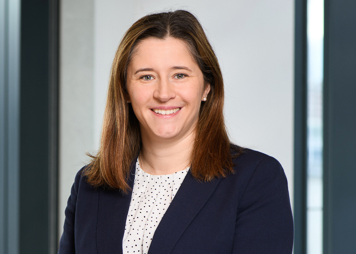
I am a dedicated lifestyle and fashion enthusiast, always looking for the latest trends and timeless styles. With a flair for creativity and a passion for self-expression, I provide fresh insights and tips on elevating everyday living and personal style.

